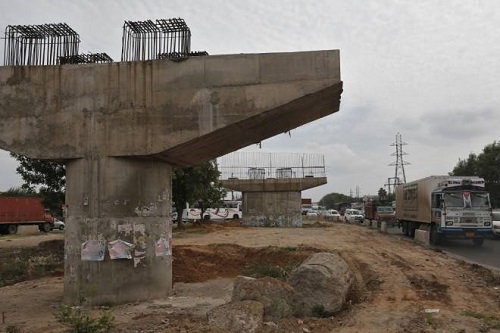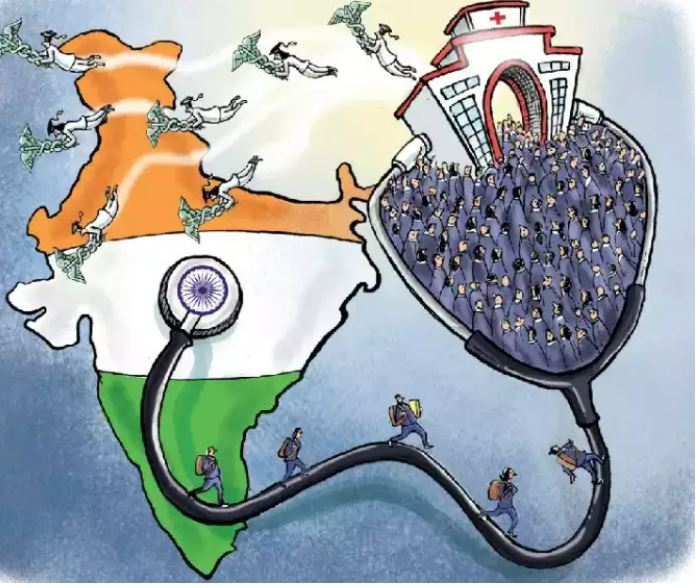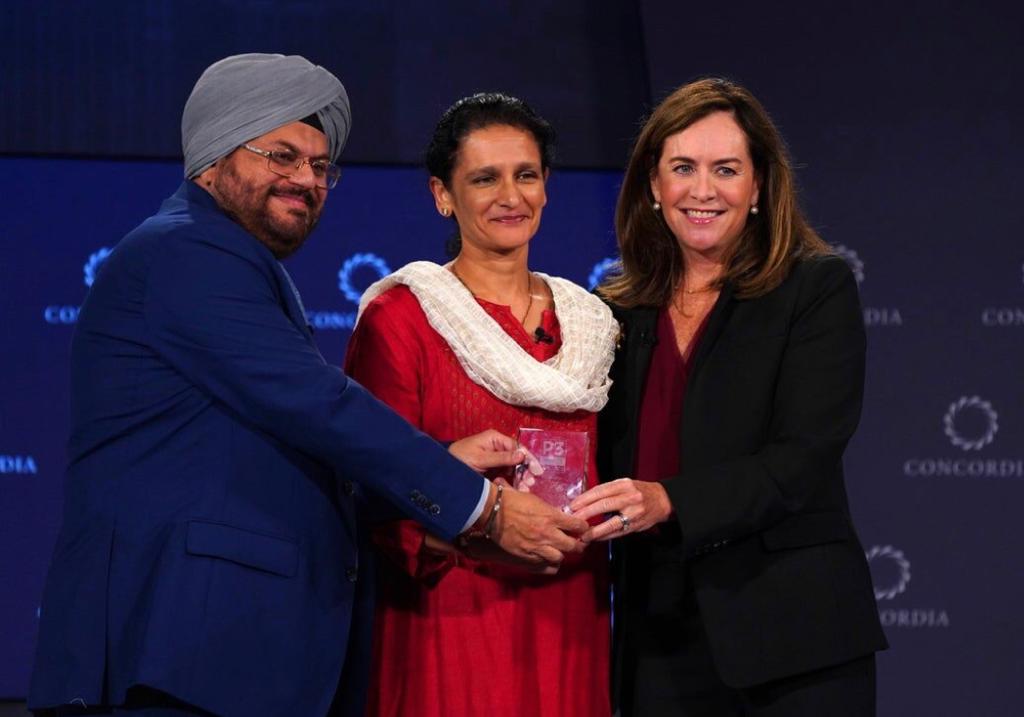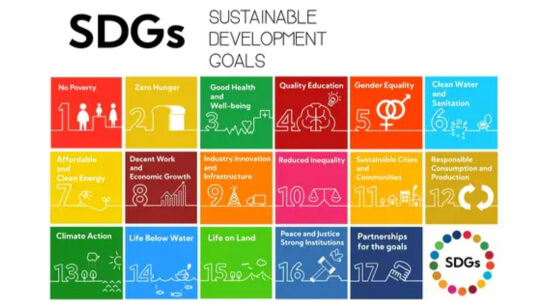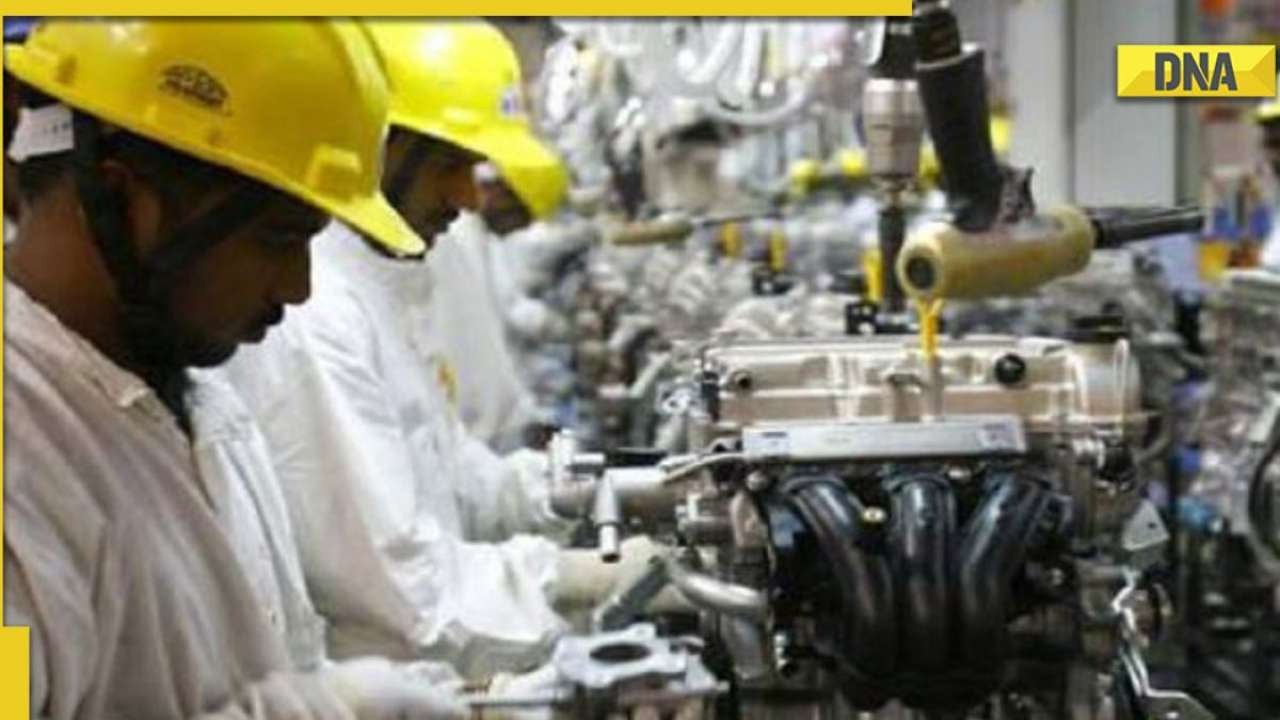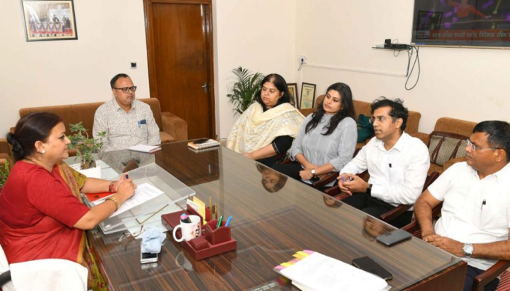India is expected to have an urban population of 590 million by 2030 with 68 cities having a population of more than 1 million (India’s Urban Awakening: Building Inclusive Cities, Sustaining Economic Growth, McKinsey Global Institute). In the last few years, India’s focus on the urban sector has undergone a paradigm shift with urban planning and regeneration being brought to the forefront of development policies. Cities are central to economic growth, and unleashing the dynamism that Indian cities possess will be critical to India’s overall growth and development.
In recognition of this, the government increased its infrastructure outlay for 2015-16 by 26%, from Rs. 3.1 lakh crore ($46.2 billion) to a record allocation of `3.9 lakh crore ($58.2 billion) in 2017-18. This is expected to provide a significant boost to infrastructure and urban development in the coming years with a much stronger focus on a multi-modal transportation systems.
An increased focus on infrastructure in India will no doubt, pave the way for an increase in utility services, more innovative land development and real estate projects, increased supply of affordable housing and a rise in land and property transactions. While there has been an impressive rise in infrastructure spending by the government over the last few years, it faces the twin challenge of having to reduce the previous deficit in infrastructure that had accumulated over many years as well as investing in new infrastructure to keep pace with economic growth and demand. Currently the United States, for example spends around $312 billion on infrastructure whilst the United Kingdom has projected around $125 billion of infrastructure investments by 2020. Meanwhile, China alone had announced infrastructure projects worth $260 billion in 2015.
In this process, another major challenge for India will be to balance economic development and environment protection to enable resilient and inclusive urban growth. Indian cities continue to experience increased traffic congestion, air pollution, rising greenhouse gas emissions, and poor public health. Poor city planning, lack of resilient infrastructure and poor services further add to these problems. Here, it is crucial that India promotes innovative approaches to urban development that reflect good and promising practices in urban management and development. It is also essential, at this stage that India looks at other countries for best practice models and mutually beneficial partnerships.
In order to facilitate this process, it is also vital that the country stimulates effective public–private partnership (PPP) models. Public–private partnership projects in the past have faced a plethora of problems which have included a trust deficit between the government and private sector, flawed risk sharing, poor decisions on user charges, etc—all of which have resulted in a variety of bottlenecks, delays and project failure. The Vijay Kelkar committee formed in 2015 recommended revitalising PPPs in India. Specifically, the report highlights the need to strengthen three key pillars of a PPP framework namely, governance, institutions and capacity. Moreover, it suggested that a dedicated institute be setup for these public-private models along with financial protection for private investments to help restore confidence and incentivise opportunities for private investors. Undoubtedly, infrastructure is now seen as a key priority for the government and is being supported with more policy consistency and coherence. The government recognises the importance of consolidating the wider policy framework starting from approval to implementation and strengthening regulatory mechanisms with respect to fair pricing and competition and dispute resolution. Such measures will undoubtedly help to promote the sector as a whole and in turn, will be a key component in strengthening India’s long-term growth potential.




